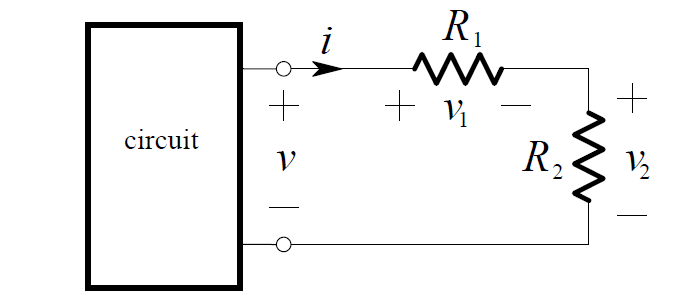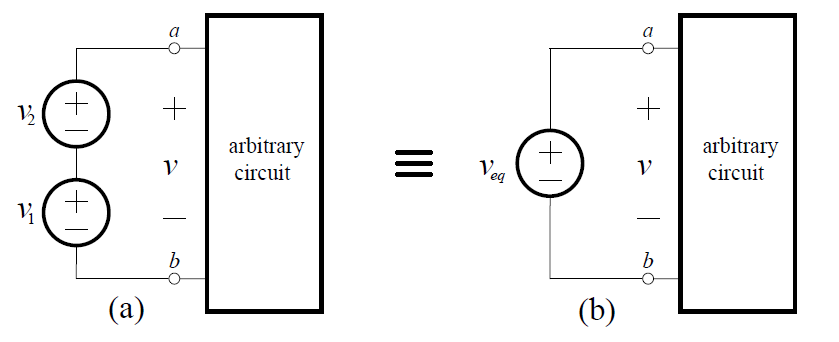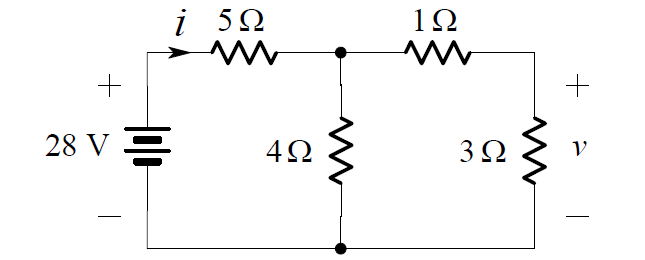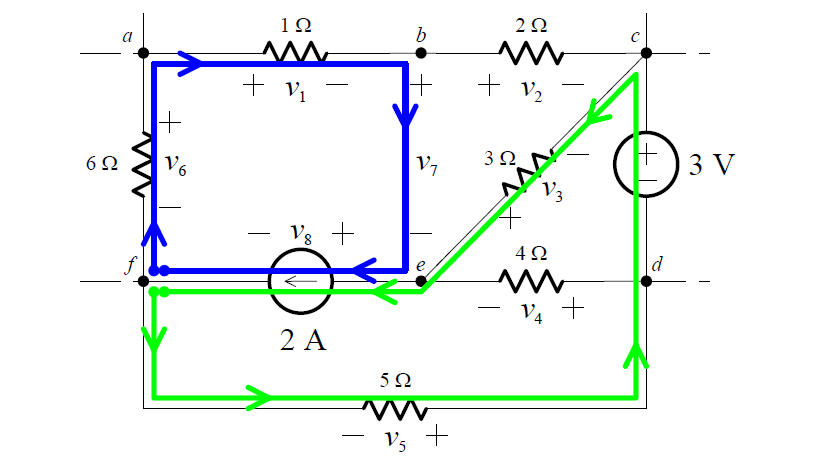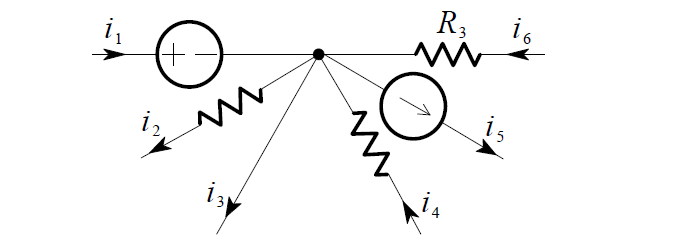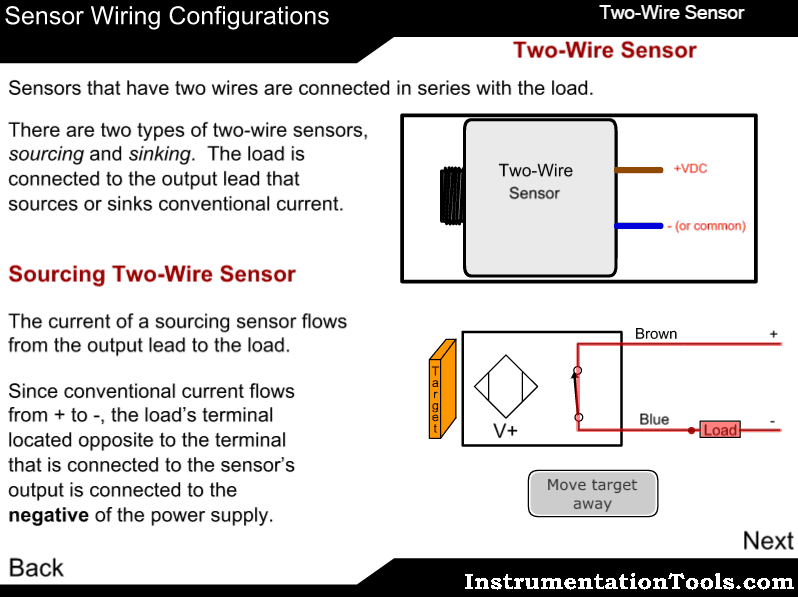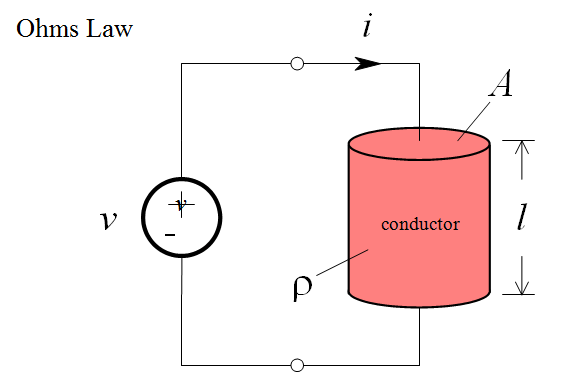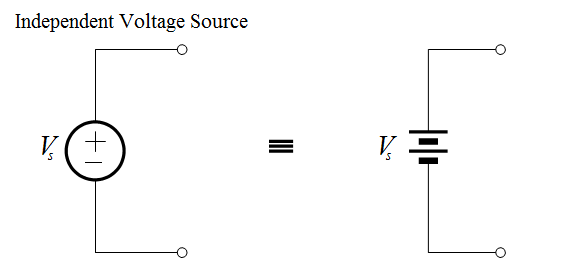Voltage Divider Rule
It can be quite useful to determine how a voltage appearing across two series resistors “divides” between them. Consider the circuit shown below: By Ohm’s Law, the current in the…
Combining Independent Current Sources in Parallel
It is not possible to combine independent current sources in series, since this would violate KCL. However, consider the parallel connection of two ideal current sources shown in (a) below:…
Combining Independent Voltage Sources in Series
Combining Independent Sources An inspection of the KVL equations for a series circuit shows that the order in which elements are placed in a series circuit makes no difference. An…
Series and Parallel Resistors
Combining Resistors Relatively complicated resistor combinations can be replaced by a single equivalent resistor whenever we are not specifically interested in the current, voltage or power associated with any of…
What is Kirchhoff’s Voltage Law
Starting at any node in a circuit, we form a loop by traversing through elements (open-circuits included!) and returning to the starting node, never encountering any other node more than…
What is Kirchhoff’s Current Law
A connection of two or more elements is called a node. An example of a node is depicted in the partial circuit shown below: Even if the figure is redrawn…
Two Wire Sensor Working Principle and Animation
Sensors can also be broken down by their wiring configurations. The most common are 2-wire and 3-wire. Two-wire devices are designed to wire in series with the load. In a…
Short Circuit and Open Circuit
The Short-Circuit Consider a resistor whose value is zero ohms. An equivalent representation of such a resistance, called a short-circuit, is shown below: By Ohm’s Law: ( For short Circuit,…
Basics of Ohm’s Law
In 1827 the German physicist George Ohm published a pamphlet entitled “The Galvanic Circuit Investigated Mathematically”. It contained one of the first efforts to measure currents and voltages and to…
Circuit Elements and Types of Circuits
A circuit element is an idealised mathematical model of a two-terminal electrical device that is completely characterised by its voltage-current relationship. Although ideal circuit elements are not “off-the-shelf” circuit components,…
